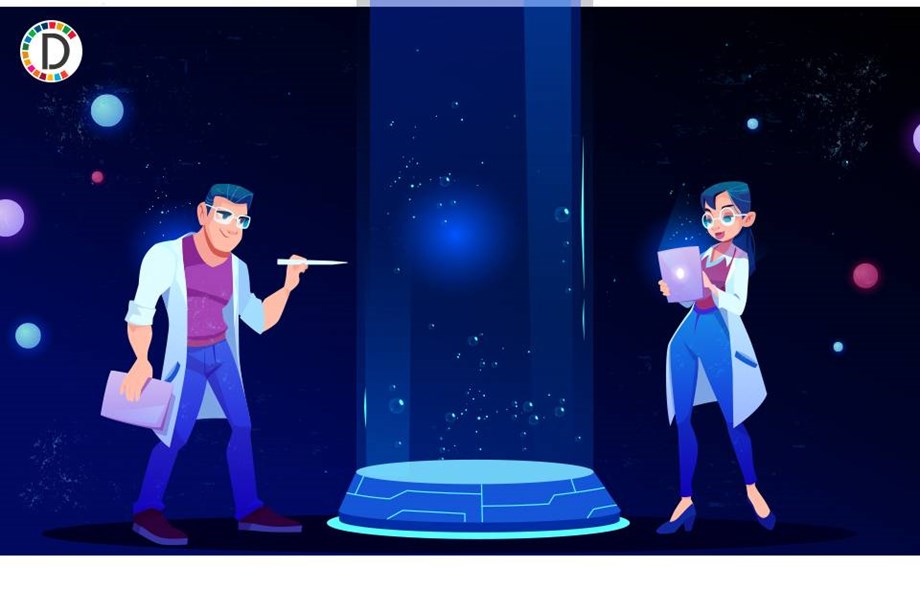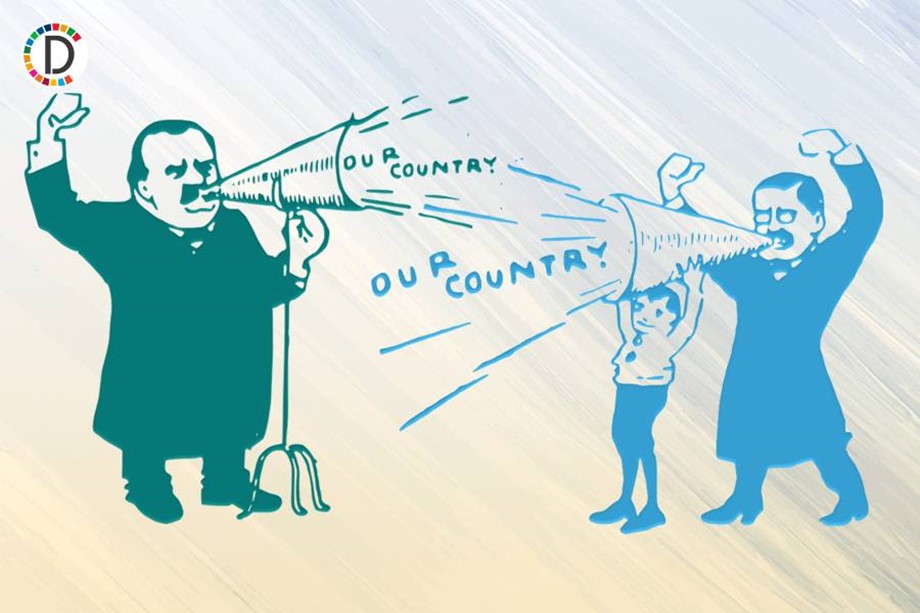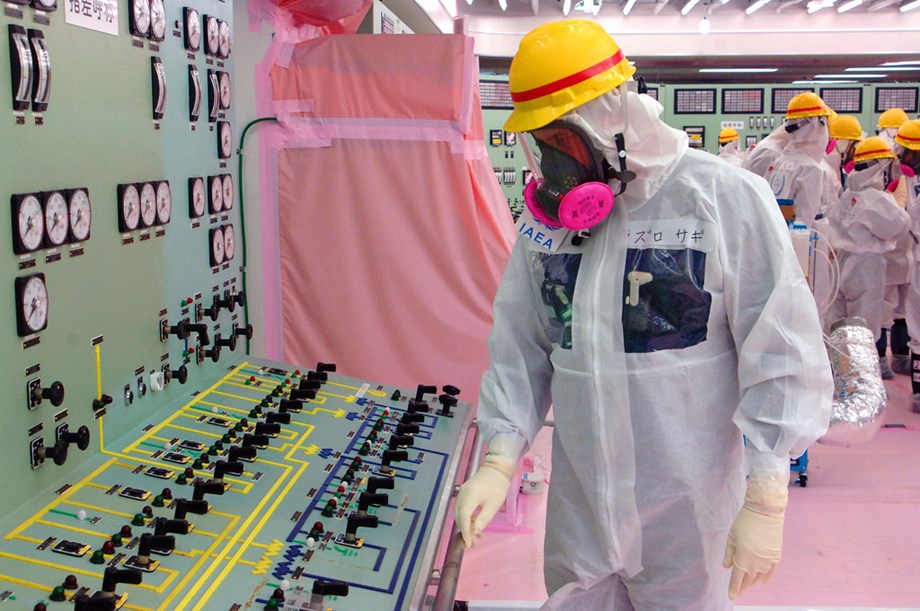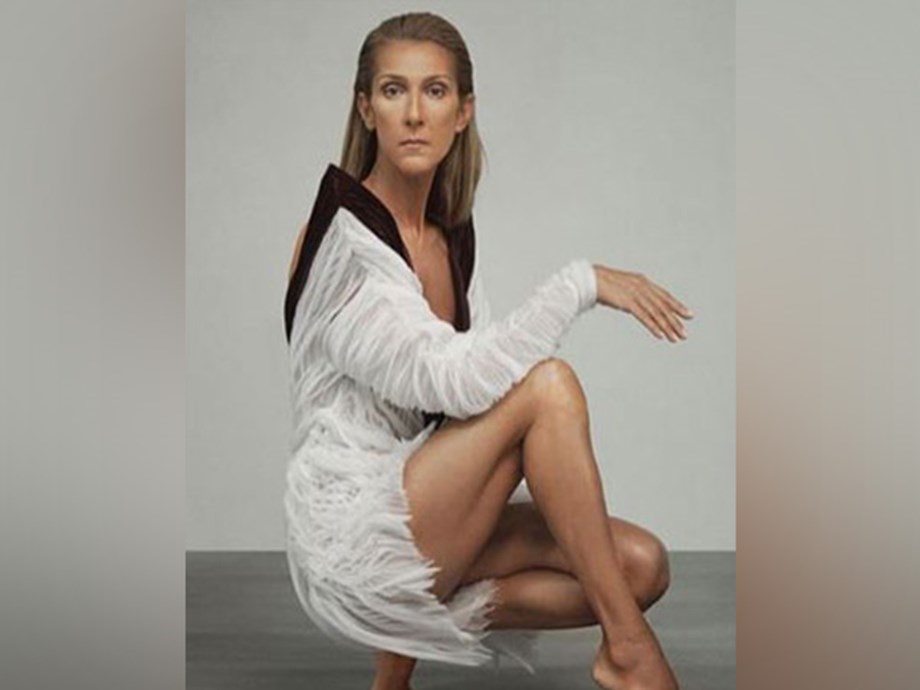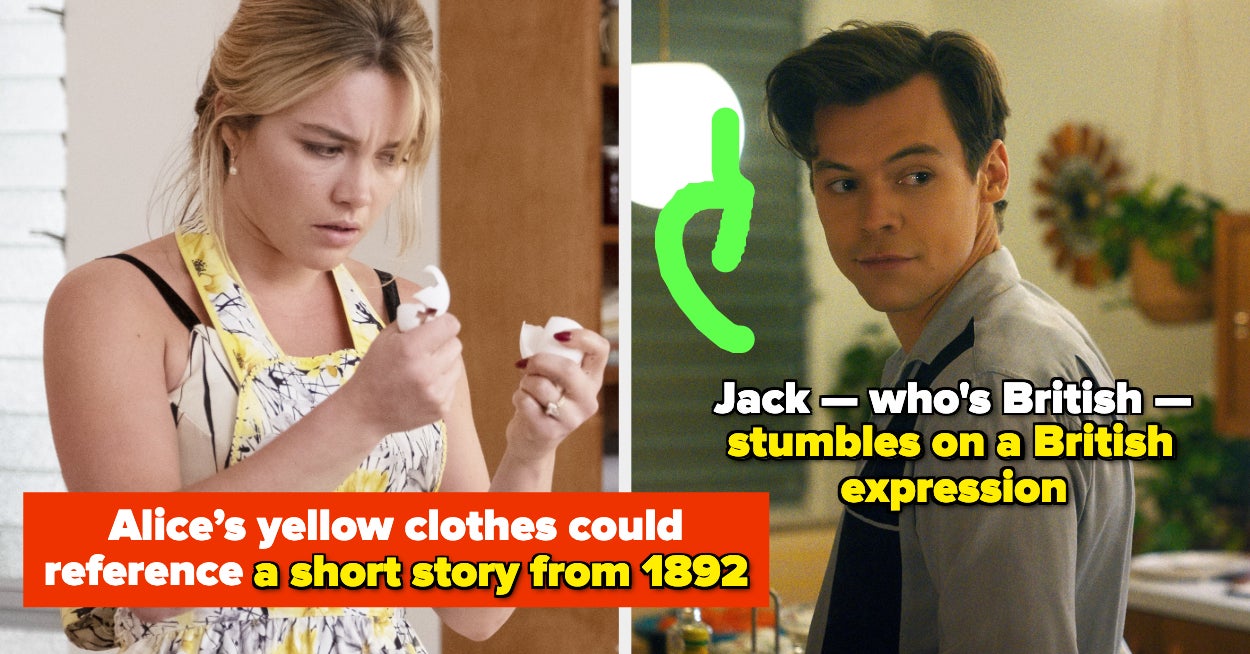
“Don’t Worry Darling” Has A Twist Ending, But These 16 Details Prove It Doesn’t Come Out Of Nowhere
Don’t Worry Darling finally hit theaters last week, after a whirlwind of drama that included #spitgate, a super-awkward red carpet, and “Miss Flo.”
 Warner Bros.
Warner Bros.This one’s pretty obvious, but it’s one of the first major glitches/hallucinations Alice experiences. It also represents the literal fabric of the simulation briefly coming undone.
2. In the trolley, right before Alice witnesses the red plane crash, there’s a sign behind her that reads, “What you see here, What you do here, What you hear here, Let it stay here.”
 Warner Bros.
Warner Bros.This is a nod to the fact that the men in Victory ask the women to have “discretion above all else” and also acts as a reminder to them not to venture out into the desert, where they might discover that Victory is actually a simulation.
3. Deb’s constantly pregnant, which gets more and more suspicious as the plot goes on.
 Warner Bros.
Warner Bros.In the opening party scene, Nick Kroll’s character, Bill, shouts, “Your pregnant wife is drunk!” about Deb. At first, this just seems like REALLY bad parenting.
 Warner Bros.
Warner Bros.But after Alice has had electroshock therapy and struggles to remember who Deb is, Bunny tells her, “The one who’s always pregnant” to help jog her memory. This hints that Deb’s ongoing pregnancy is part of the simulation, and she’ll probably never give birth (hence her being able to drink with zero consequences).
 Warner Bros.
Warner Bros.4. There’s a ton of yellow in the film, particularly in a number of the wives’ outfits. Take or leave, but this could be a reference to “The Yellow Wallpaper,” a famous feminist short story by Charlotte Perkins Gilman that also explores female entrapment.
 Merrick Morton /© Warner Bros. / Courtesy Everett Collection
Merrick Morton /© Warner Bros. / Courtesy Everett CollectionIn the story, a female protagonist is driven to madness after being imprisoned by her husband in a room with yellow wallpaper, which seems to parallel Alice’s experience being trapped in Victory by Jack.
The most poignant example of this symbolism is when Margaret, the first woman in the film to actually question the Victory Project and challenge the status quo, does so wearing a yellow dress.
 Warner Bros.
Warner Bros.5. When Margaret’s husband, Kevin, pulls the curtain to shield them from Alice at Frank’s house party, we see a flash of the “real” Alice laying in bed experiencing the simulation.
 Warner Bros.
Warner Bros.Blink and you’ll miss it, but it’s definitely there:
 Warner Bros.
Warner Bros.6. At Frank’s house party, Alice runs her finger through a miniature model of Victory, a subtle nod to the fact that the town is just a facade. It’s also the route Alice takes to escape to headquarters at the end.
 Warner Bros.
Warner Bros.7. There’s tons of eye imagery all over Victory, which is basically the simulation hiding in plain site.
 Warner Bros.
Warner Bros.The Victory logo above is especially sinister, because it shows a red, wide-open eye. As we know, the simulation is achieved by hovering laser-like beams over its residents’ (forced open) eyes.
8. Speaking of eyes, right before Alice experiences hallucinations — like when the walls close in on her while she’s cleaning — she’s often seen rubbing or scratching her eye.
 Warner Bros.
Warner Bros.This could be a physical manifestation of the simulation — and the lasers across Alice’s eyes — glitching, thus bringing on her hallucinations.
9. There’s also lots of circle imagery. In fact, the town of Victory is built as a perfect circle, with room to expand. This reflects the perfection Frank wants to create within the Victory Project simulation, as well as the never-ending monotony of the wives’ time in Victory — always the same, never changing or progressing forward.
 Warner Bros.
Warner Bros.10. During the ballet scenes, Shelley and the other women repeat this phrase: “There is a beauty in control. There is a grace in symmetry. We move as one.” This further touches on the “perfection” of the simulation and how the wives move about their lives in Victory the exact same way.
 Warner Bros.
Warner Bros.11. When Dr. Collins is checking on Alice at home, he asks Jack, “What is it you Brits say?” But Jack pauses and doesn’t answer.
 Warner Bros.
Warner Bros.This is our first tip-off that Jack isn’t actually British, but rather chose to be British inside the simulation. He doesn’t answer because he doesn’t know, which forces Dr. Collins to answer his own question.
 Warner Bros.
Warner Bros.12. Throughout the film, Alice is chased and antagonized by men in red jumpsuits. In the flashback to real life/present day, Alice walks past a janitor in an identical red jumpsuit as she’s leaving the hospital.
 Warner Bros.
Warner Bros.This could be a sign that the red jumpsuits are Alice’s subconscious creating a visual that’s familiar to her, since she first saw it outside the simulation.
 Warner Bros.
Warner Bros.Although, the guards probably exist for everyone in Victory, since Jack acknowledges them at the end of the film.
13. When Alice slides to the bottom of the bathtub, Alice’s reflection doesn’t follow her. Instead, it breaks the fourth wall.
 Warner Bros.
Warner Bros.Is this symbolic of Alice’s subconscious breaking through? Maybe! Either way, stuff like that does NOT happen in real life.
14. At Frank’s party at the club, the band on stage is named the Dollhouse Brass Band, a very on-the-nose nod to the fact that Victory is the dollhouse and the residents — especially the wives — are the dolls.
 Warner Bros.
Warner Bros.15. Later on in the scene, Shelley presents a burlesque dancer as a surprise for Frank. At one point, the dancer (played by none other than Dita Von Teese!!!) briefly makes eye contact with Alice, letting her know that she’s in on the simulation. This triggers Alice’s breakdown.
 Warner Bros.
Warner Bros.Dita Von Teese told Vogue that the eye contact was an intentional move on director Olivia Wilde’s part: “She said, ‘We’re gonna do a take where I need you to make eye contact with Florence’s character. This is the part where Florence’s character is connecting to what’s happening and you’re part of it.'”
16. And finally, when Alice is less aware of the simulation, her wardrobe is bright and vibrant. When she becomes more aware of the simulation, her clothes are plain and muted.
 Merrick Morton /© Warner Bros. / Courtesy Everett Collection
Merrick Morton /© Warner Bros. / Courtesy Everett Collection Warner Bros.
Warner Bros.The film’s costume designer, Arrianne Phillips, told Variety that the costumes and color palettes she chose were “a device to distract from what’s really going on. … I used a lot of color control to guide tone and create the story arc.”







